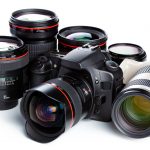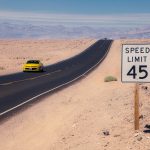Short exposure times: Photographing Motion
Short exposure times: Photographing Motion
We have placed cookies on your computer to help make this website better. Read the cookies policy
yes, I accept the cookies




